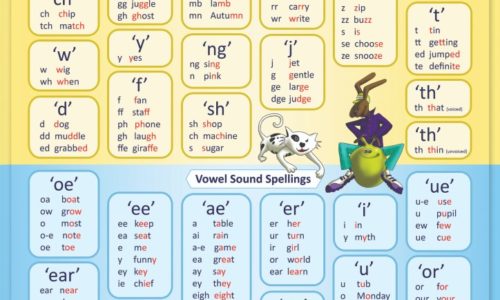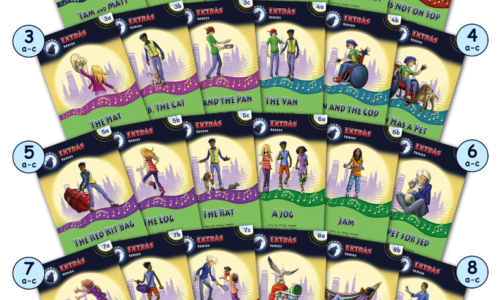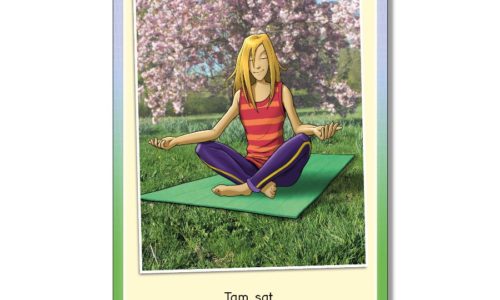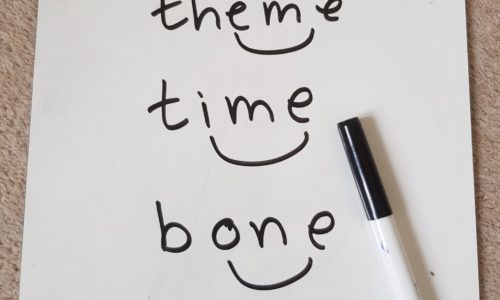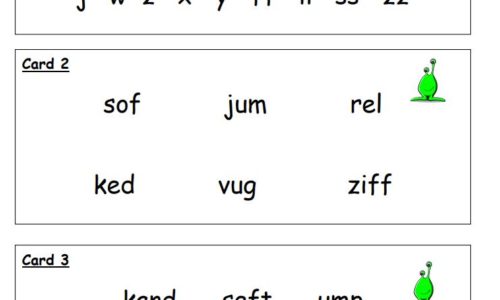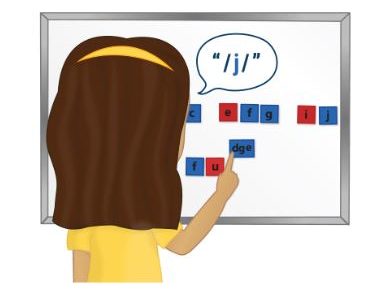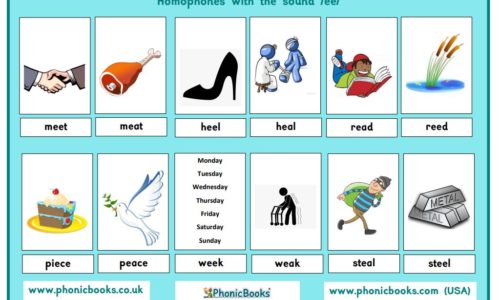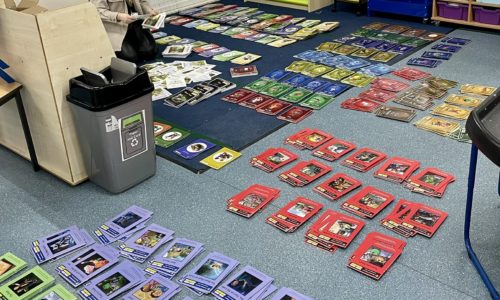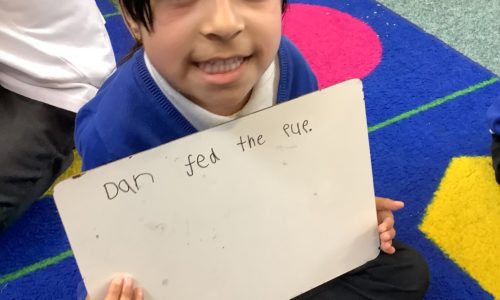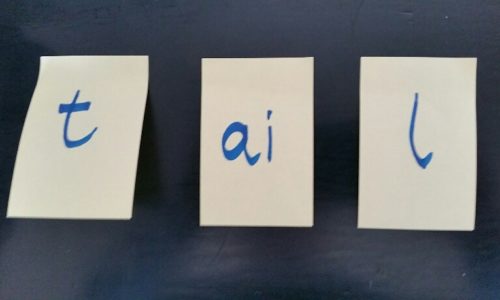
Of all the strategies used for teaching reading, I believe that word-building is the most powerful. Why is that? Word-building incorporates two fundamental skills in learning to read: as children build a word, they learn to segment and blend. When we ask children to build a word, e.g., ‘map’ they need to segment the phonemes […]
Read More

